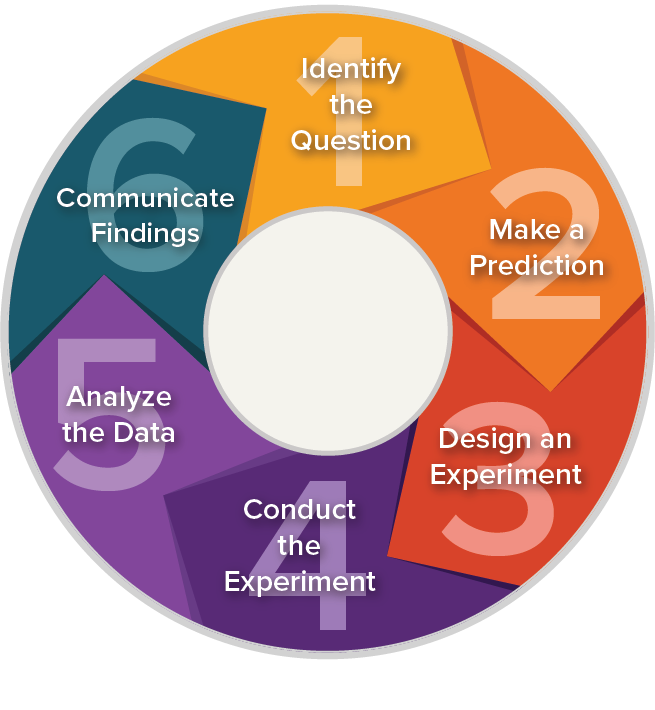Causes of Contraction
Causes of Contraction
Makeup of a Muscle
During Nathan’s exam, you look at his leg muscle under a microscope. You notice long fibers with striations and multiple nuclei and notice this is the type of tissue that helps with voluntary contraction. What type of muscle tissue are you observing?
Skeletal muscle
Finish the muscle rule: Muscles must have at least two attachments and must cross at least one ______.
joint
What is the origin of a muscle?
The attachment site that remains fixed during contraction.
DOUBLE JEOPARDY:
Koa bends his knee as he practices gentle squats during therapy. What type of joint allows this back-and-forth motion?
Hinge joint — allows flexion and extension like a door hinge.
Koa’s therapist asks him to bend his knee to check how far it can move. What type of motion is being measured, and which body system controls the muscle movement needed for it?
Flexion; Muscular system (controlled by the nervous system)
While reviewing another slide, you see muscle tissue without striations, arranged in sheets that contract slowly and rhythmically in the intestines. What type of muscle is this?
Smooth muscle
Caleb’s friend says they strained their flexor carpi ulnaris. Using your knowledge of muscle naming conventions, describe where this muscle is located and what it does.
Located along the forearm on the ulnar (pinky) side; it flexes the hand at the wrist.
What is the insertion of a muscle?
The attachment site that moves when the muscle contracts.
During rehab, Koa works on balancing while lifting his leg to the side. His hip joint moves in almost every direction. What type of synovial joint is this?
Ball and socket joint — allows the greatest range of motion, including rotation.
DOUBLE JEOPARDY
During a clinical test, Koa’s doctor notices excessive forward movement of the tibia when pulling it forward from the femur. Which ligament is likely injured?
Anterior Cruciate Ligament (ACL)
Nathan’s calf muscles spasm after a morning run. His bloodwork shows normal calcium but low sodium and glucose. Which molecule is his body lacking that directly fuels muscle contraction and relaxation?
ATP (Adenosine Triphosphate)
DOUBLE JEOPARDY
A new PT student notices that when Caleb flexes his arm, the angle at his elbow decreases. Using the muscle rules, what kind of muscle action is this, and what type of muscle would perform the opposite motion?
This is flexion; extensors would perform the opposite (increasing the angle).
During repeated contractions, muscles begin to lose strength even though nerve signals continue. What is this called and what causes it?
Muscle fatigue — caused by ATP depletion, ion imbalance, and lactic acid buildup.
Koa’s therapist points out a thin, slippery layer between the bones in his knee that reduces friction during movement. What structure is she referring to?
Synovial fluid and articular cartilage — cushion and lubricate the joint.
You’re using a goniometer to measure Koa’s knee flexion. Before moving his leg, what’s the first thing you should do?
Line up the fulcrum of the goniometer with the fulcrum of the joint
Nathan’s muscle model shows actin and myosin locked together but unable to separate. What is happening at the molecular level, and how does it explain his cramps?
Low ATP prevents myosin heads from releasing actin, causing continuous contraction, leading to cramps.
While labeling a diagram, Caleb mistakes a fascicle for a muscle fiber. As the physiatrist’s assistant, how would you explain the difference?
A fascicle is a bundle of muscle fibers wrapped in perimysium; a muscle fiber is a single cell surrounded by endomysium.
DOUBLE JEOPARDY
What components do you need in an experiment?

While reviewing joint anatomy, Koa notices the atlas and axis bones in the neck allow his head to turn side-to-side. What type of joint motion is that?
Rotation — movement around a central axis, enabled by a pivot joint.
Koa complains of swelling around his knee after therapy. His physical therapist applies kinesiology tape in a fan pattern to reduce the swelling. What system does this taping technique primarily support?
Lymphatic system (promotes lymph drainage and reduces swelling)
DOUBLE JEOPARDY
During Nathan’s cramp, his physical therapist reviews a simulation showing how muscles normally contract. She asks you to explain the sequence of events that happen during a typical muscle contraction — from when a nerve signal arrives to when the muscle relaxes. What are the main steps in order?
A nerve impulse triggers acetylcholine release at the neuromuscular junction → the signal travels along the sarcolemma and T-tubules → calcium is released from the sarcoplasmic reticulum → calcium binds to troponin, moving tropomyosin → myosin binds to actin forming cross-bridges → ATP powers the sliding of filaments (contraction) → when stimulation stops, calcium returns to the SR and the muscle relaxes.
Caleb’s MRI shows a grade 2 tear of his pectoralis major. What is the difference between a sprain, strain and tear?
Sprain: Injury to a ligament that occurs when it is overstretched.
Strain: Injury to a muscle or tendon that occurs when it is overstretched.
Tear: A severe injury in which either a ligament or tendon is torn apart.
In the PLTW grip strength experiment, what trend would you expect to see in the EMG and grip strength graphs as fatigue sets in?
Grip strength decreases over time, but EMG amplitude stays constant or increases, showing more electrical effort as the muscle tires.
Koa’s therapist explains that his joint contains cartilage that cushions and absorbs shock. She also warns that overuse could damage it. Which type of cartilage is found at the ends of bones, and what is its role?
Articular (hyaline) cartilage — it covers bone ends to protect against friction and stress during motion.
After surgery, Koa’s knee ROM is limited to 115°, while a healthy range is around 142°. Based on this difference, explain one reason his motion is restricted and which tissues might be responsible.
Swelling and stiffness from injury; limited flexibility in muscles or ligaments surrounding the knee